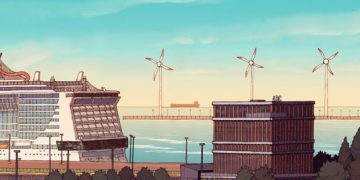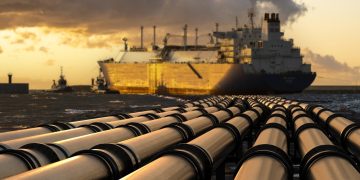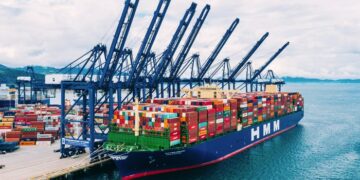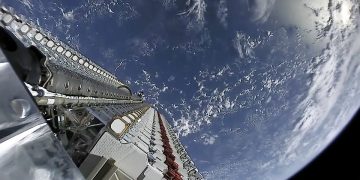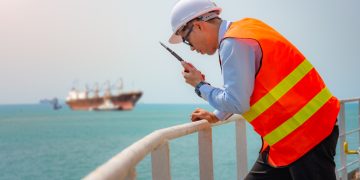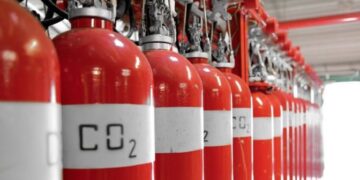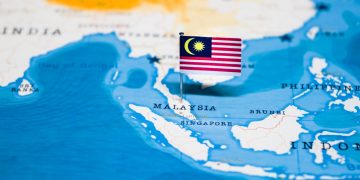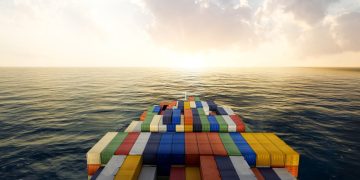Emissions Regulations: Sense and Nonsense
My presentation on emissions regulations may be a little controversial because I'll discuss about things that more and more people start to realize but so far nobody likes to speak about. The IMO makes environmental regulations by looking at one issue at a time and that sometimes results in regulations which have conflicting effects with other environmental issues. The pressure at IMO to do something fast is high and as a result, the regulation may come before technologies are ready or without enough scientific justification for the effectiveness of the regulation, such as the example of ballast water treatment or even by over simplifying the problem, like in my opinion is the example of EEDI and EEOI. This is not a 100% IMO's fault because Member States threaten to proceed with their own regulations if IMO doesn't do it. ECAs will come down to a limit of 0.1% sulfur from next year with an intention for a global ECA for fuel to be used to contain only 0.5% of sulfur from 2020. However, science tells us that reducing SOx warms the atmosphere i.e. SOx cools the atmosphere according to an article from a scientific magazine actually written by eminent scientists, ...
Read more













